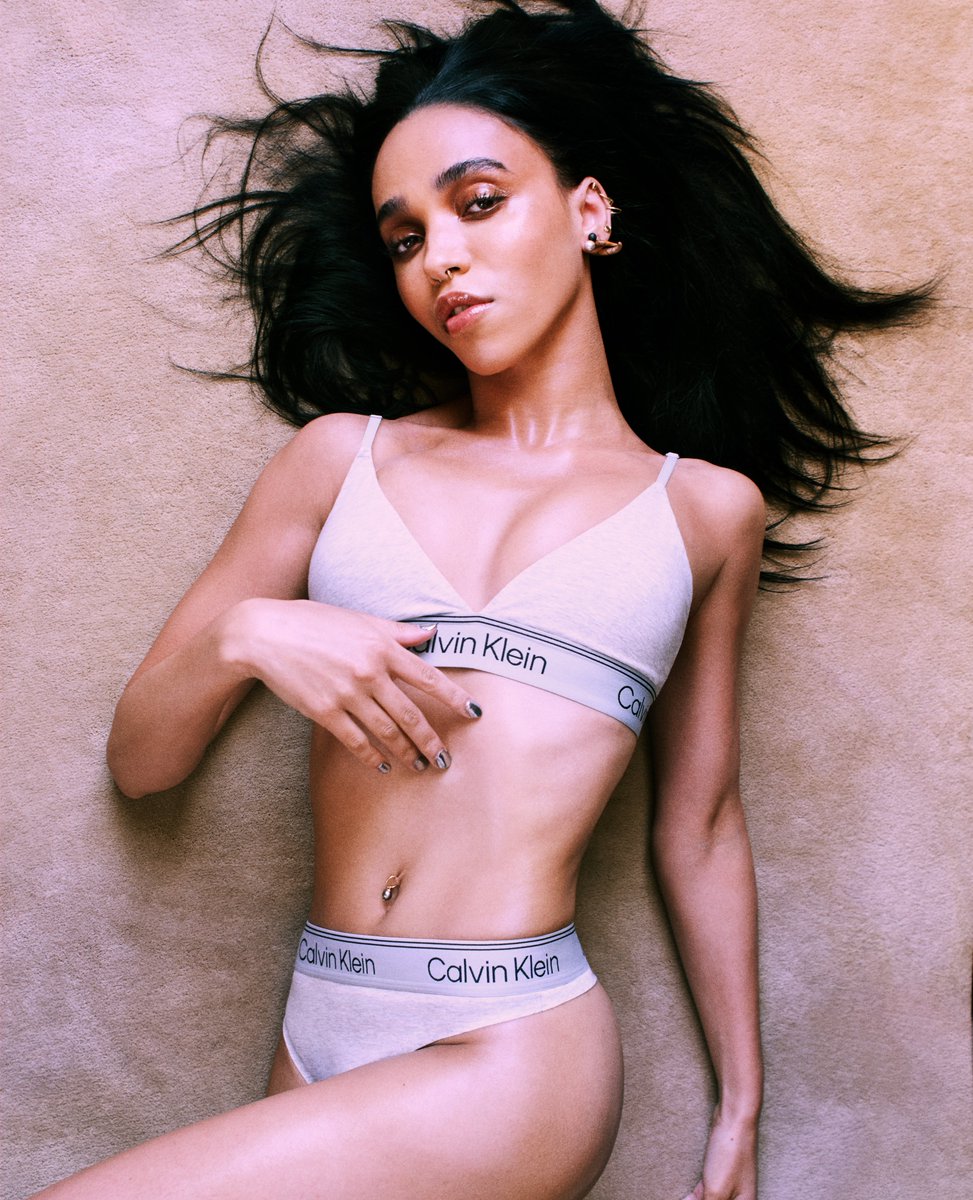Few artists in modern music embody the word visionary quite like FKA twigs. A singer, dancer, director, and creative force in her own right, twigs—born Tahliah Debrett Barnett—has built a career defined by reinvention and fearless experimentation. She doesn’t just perform music; she constructs worlds. Every song, every visual, every movement feels intentional, layered with meaning and emotion. Her artistry blurs the lines between sound and motion, between performance and spirituality, creating an experience that transcends the traditional boundaries of pop or R&B. In a culture that often rewards repetition, FKA twigs thrives on evolution.



At the heart of FKA twigs’ creative process is a deep connection between body and sound. Her work isn’t born in isolation or built solely through studio technology—it begins with movement. She’s long described her approach to music as physical, where melody, rhythm, and choreography are intertwined from the start. Before a song even takes shape, she often explores how it feels in motion, how the energy flows through her body. This instinctive relationship between music and movement gives her performances a visceral quality that few others can replicate. When she dances, it’s not just choreography—it’s communication.



Twigs’ foundation in dance, from her early years as a backup performer for major pop acts to her later training in styles like krump, ballet, and pole, laid the groundwork for her singular style. Dance taught her discipline, endurance, and the power of control—all qualities that now inform her artistic identity. But more importantly, it taught her vulnerability. To dance is to expose emotion without words, and that’s what makes her performances so hypnotic. Whether she’s twisting her body in haunting shapes or hovering weightlessly across a stage, every movement feels like an extension of her music’s emotional core.



In the studio, FKA twigs approaches production with the same hybrid intensity. She’s a perfectionist, known for layering intricate vocal harmonies and abstract sonic textures that bend genres. Her music has never fit neatly into one category—R&B, electronic, trip-hop, experimental pop—all intersect in her soundscape. Each song feels like a cinematic universe of its own. Tracks like “Cellophane” and “Home With You” are intimate yet otherworldly, blending fragility and strength in equal measure. There’s an ethereal quality to her voice, a sense that she’s both whispering to the listener and confronting them directly.



Part of what makes twigs so unique is her fearless collaboration with sound engineers, visual artists, and choreographers who share her commitment to pushing limits. She treats collaboration not as compromise but as expansion. Her creative circle becomes an ecosystem—directors, photographers, producers—all working in sync to translate her inner visions into reality. In interviews, she often describes her projects as “world-building,” an apt phrase for someone whose videos and performances blur art forms so seamlessly that they become immersive experiences. For twigs, art is not a series of separate pieces but an interconnected whole.



FKA twigs’ creative process also thrives on emotion, particularly transformation through vulnerability. Her art often emerges from deeply personal experiences—love, heartbreak, pain, and rebirth. But rather than presenting those feelings in literal form, she transmutes them into metaphor, rhythm, and ritual. Her 2019 song “Cellophane,” written after public heartbreak, became a haunting expression of longing and resilience. The accompanying video, featuring a gravity-defying pole dance sequence, became an instant cultural moment—not just for its stunning visuals, but for the raw humanity at its core. It was both a lament and a reclamation of power.


This fusion of strength and softness is central to her artistry. FKA twigs has said that her creative process is often about “making something beautiful out of something difficult.” That philosophy radiates through her work, from her early EPs like M3LL155X to her later album Magdalene, where she explored themes of identity, femininity, and rebirth. Each project reflects a stage in her personal evolution, mirroring the way she constantly sheds old layers to reveal new facets of herself. Her willingness to evolve—to be uncomfortable, to fail, to learn—gives her art an organic quality that resonates deeply with her audience.

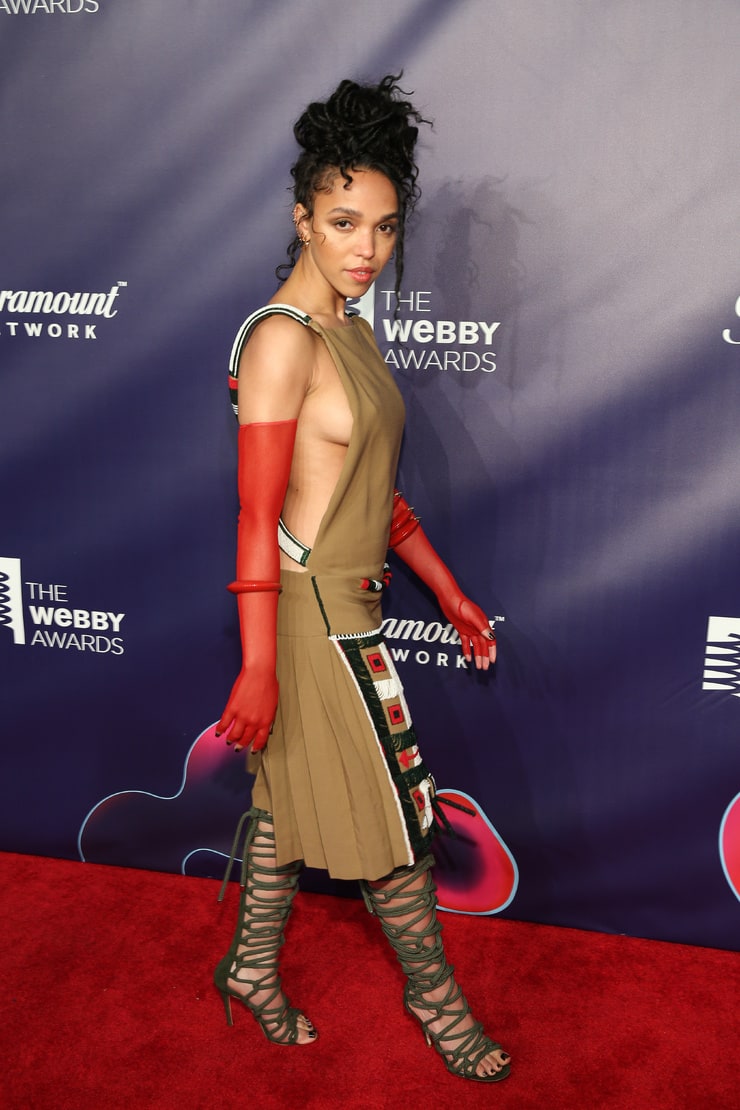

Her performances, whether on stage or in film, feel like spiritual rituals. They’re meticulously designed yet emotionally spontaneous, merging music, dance, and symbolism. Every costume, lighting choice, and gesture carries intent. Her background in visual arts and direction gives her an unusually cinematic eye, allowing her to craft performances that feel like living installations. Watching FKA twigs is like stepping into a dreamscape—fluid, haunting, and impossible to forget.



But what truly sets her apart is her courage to challenge industry norms. In an era where many artists are pressured to conform to commercial formulas, twigs continues to resist categorization. She releases music on her own terms, often taking years between projects to ensure that each one reflects her truth. She has openly discussed the challenges of maintaining autonomy as a woman in the music industry, emphasizing the importance of creative control. That independence is not just professional—it’s philosophical. For twigs, art is sacred, and compromise dilutes its essence.

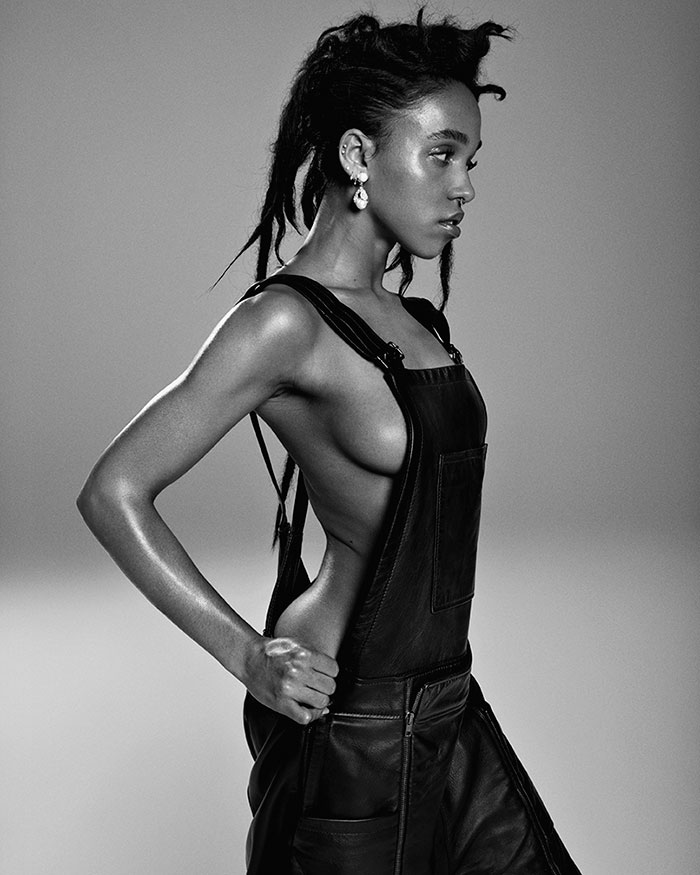

Her openness about personal struggles—whether with health, heartbreak, or identity—adds depth to her artistry. She has transformed pain into empowerment, using her platform to advocate for authenticity and self-acceptance. Her willingness to share vulnerability without losing mystique makes her relatable without being ordinary. It’s a delicate balance, and few artists manage it as gracefully.


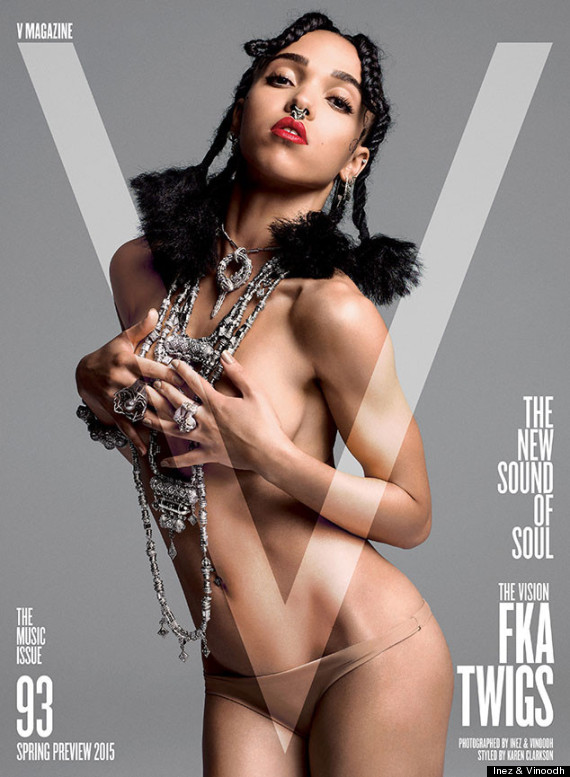
FKA twigs also represents a broader cultural shift toward artistic hybridity. She’s not just a musician, not just a dancer, not just a director—she’s all of those things at once, and she refuses to be defined by any single label. In doing so, she reflects the creative reality of a new generation of artists who see no boundaries between mediums. Her influence can be felt across fashion, performance art, and digital culture, inspiring countless others to embrace their own eclectic identities.



Her visual aesthetics—dreamlike, surreal, and emotionally charged—continue to shape the future of music videos and performance art. Whether collaborating with brands like Calvin Klein or presenting new work in avant-garde installations, she bridges the gap between pop culture and high art. Every frame, every movement, every sound becomes a form of self-expression. It’s this meticulous fusion of mediums that cements her legacy as not just an artist, but a creator of experiences.



Inside FKA twigs’ creative process lies a profound truth: art is not about perfection, but about transformation. Her work invites audiences to feel, to think, and to see differently. She reminds us that creativity is not linear—it’s cyclical, emotional, and deeply human. Through every sound, motion, and gesture, she expands what’s possible in music and performance.
In redefining what it means to be a musician, FKA twigs has also redefined what it means to be free. Her art is liberation through creation—a living reminder that the most powerful work often comes from the courage to experiment, to move, and to feel without fear. In an industry obsessed with formulas, she remains beautifully unpredictable, forever dancing to the rhythm of her own evolution.
